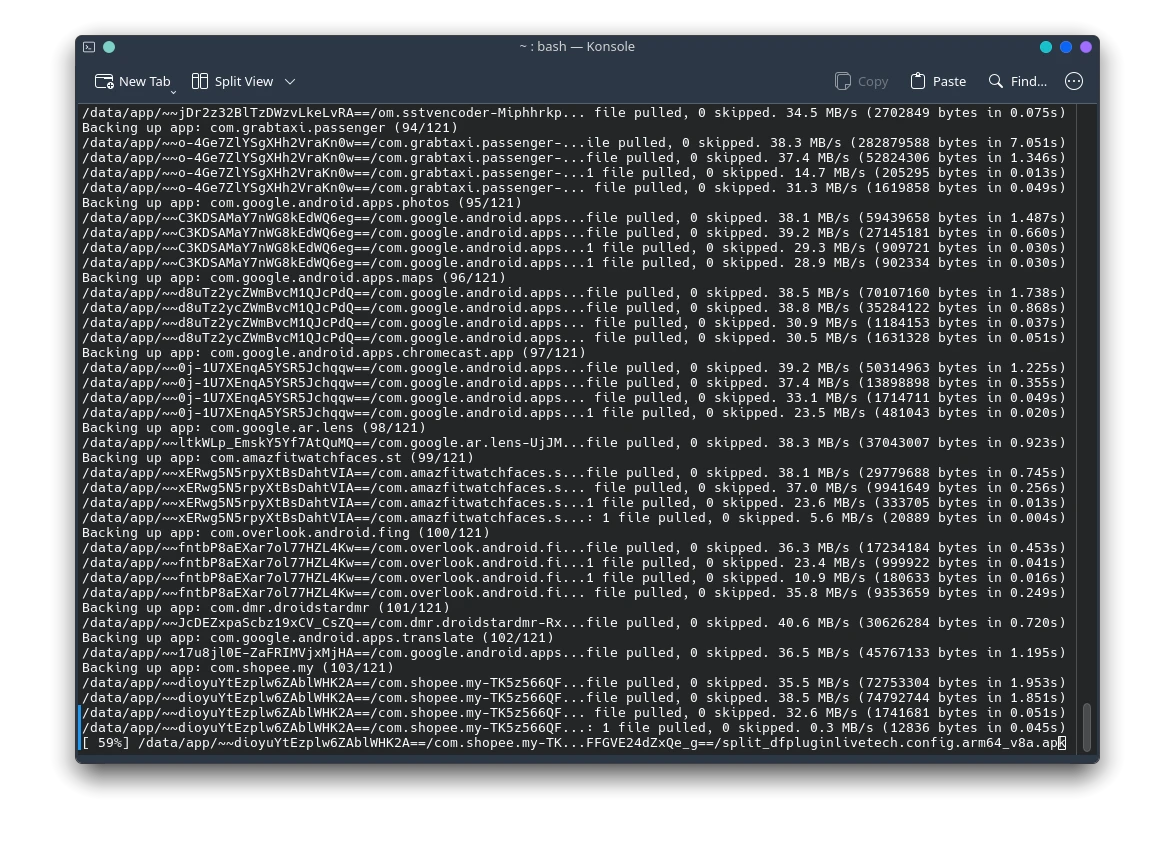Unveiling Xiaomi HyperOS: A New Era of Innovation in Android Firmware
In the realm of Android firmware, Xiaomi has long been a trailblazer, with its MIUI setting a benchmark for innovation and customization. Now, Xiaomi enthusiasts and users find themselves at the dawn of a new era with the introduction of Xiaomi HyperOS. A successor to MIUI, HyperOS promises to redefine the Android experience with enhanced performance, streamlined design, and a host of exciting features. Let’s embark on a journey to explore the history, evolution, and potential future of Xiaomi HyperOS.
History and Evolution:
Xiaomi’s journey into the realm of custom Android firmware began with MIUI, which debuted in 2010 alongside the release of the Xiaomi Mi 1 smartphone. MIUI quickly garnered a dedicated following for its sleek design, feature-rich interface, and regular updates. Over the years, MIUI underwent numerous iterations, incorporating user feedback and technological advancements to refine the user experience.
As the Android ecosystem evolved, so did the demands of users. Enter Xiaomi HyperOS, born out of a desire to push the boundaries of what’s possible with Android firmware. Developed by a team of enthusiasts and former MIUI developers, HyperOS represents a fresh approach to the Android experience, combining performance optimization with user-centric design.
Performance and User Experience:
One of the hallmarks of Xiaomi HyperOS is its focus on performance optimization. Built upon a foundation of efficient code and system-level tweaks, HyperOS delivers snappy responsiveness and smooth multitasking capabilities. Whether navigating through apps, gaming, or multitasking, users can expect a fluid and seamless experience that maximizes the capabilities of their Xiaomi devices.
In terms of user experience, HyperOS maintains a balance between simplicity and customization. The interface is clean and modern, with intuitive navigation and a visually appealing design language. At the same time, HyperOS offers a wide range of customization options, allowing users to personalize their devices to suit their preferences.
Pros and Cons:
Like any firmware, Xiaomi HyperOS comes with its own set of strengths and weaknesses.
Pros:
- Enhanced Performance: HyperOS prioritizes performance optimization, ensuring a smooth and responsive user experience.
- Streamlined Design: The interface is clean, modern, and intuitive, enhancing usability.
- Customization Options: HyperOS offers a wide range of customization options, allowing users to tailor their devices to their preferences.
- Community-Driven Development: HyperOS benefits from the input and contributions of a dedicated community of enthusiasts and developers.
Cons:
- Limited Device Support: As a new firmware, HyperOS may initially have limited device support compared to established alternatives.
- Learning Curve: While HyperOS offers extensive customization options, navigating and configuring these features may require some learning for new users.
- Potential Stability Issues: As with any new firmware, early releases of HyperOS may encounter stability issues or bugs that need to be addressed through updates.
Devices Supported:
Xiaomi HyperOS initially targets a select range of Xiaomi devices, with plans to expand support to additional models in the future. Supported devices may include flagship offerings such as the Xiaomi Mi series, as well as popular mid-range and budget devices from Xiaomi’s lineup.
Future Features:
Looking ahead, Xiaomi HyperOS holds promise for further innovation and feature enhancements. Future updates may introduce improvements in areas such as artificial intelligence integration, privacy features, and compatibility with emerging technologies. Additionally, expanded device support and partnerships with hardware manufacturers could broaden HyperOS’s reach and appeal to a wider audience.
Conclusion:
Xiaomi HyperOS represents a new chapter in the evolution of Android firmware, building upon the foundation laid by MIUI while charting its own path forward. With a focus on performance, user experience, and community-driven development, HyperOS aims to redefine the Android experience for Xiaomi users. As it continues to evolve and mature, HyperOS holds the potential to become a compelling choice for users seeking a balance between performance, customization, and innovation in their Android firmware.






Post Comment